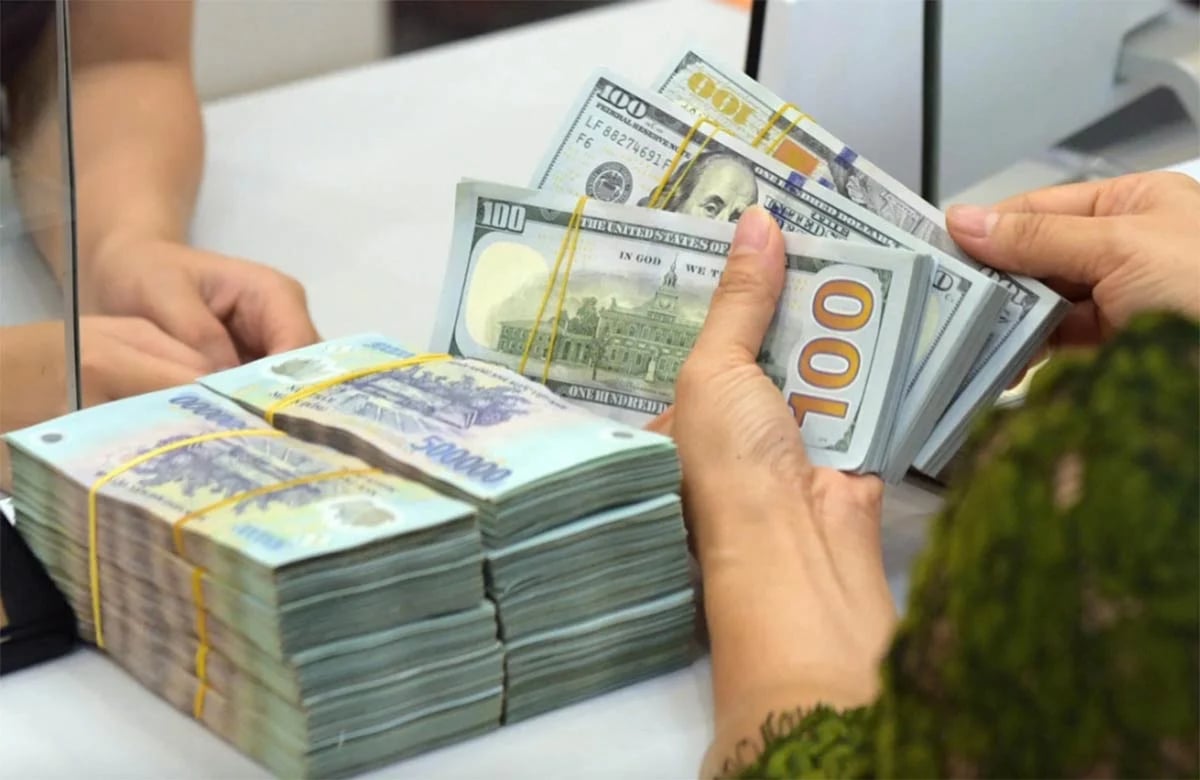Will the US dollar recover all of this year’s losses?
The theory and historical precedent show that countries that raise tariffs will see their currency rise. But the US dollar has fallen.

The US dollar has fallen despite the US tariffs
The theory around tariffs and currencies starts from the truism that the trade balance is an accounting identity related to the gap between savings and investment. A country with deficient savings will have a trade deficit and vice versa. The US has deficient savings, especially when you bear in mind the huge dissaving implicit in the government’s budget deficit, and hence it has a trade deficit.
The theory continues that, if trade is determined by the savings/investment imbalance, it is immutable to tariffs. This means that any bias for tariffs to improve trade has to be offset by opposite pressures that weaken trade, and this means currency appreciation.
Evidence tends to support this although there’s not a full offset which means that a 10% general tariff, for instance, is not counterbalanced by a full 10% appreciation of the currency.
So, if the theory and evidence surrounding tariffs suggests that the dollar should have risen so far, why has it fallen? One obvious answer is that theories of currency behaviour seldom work and that evidence of tariffs lifting currencies in the past is mere coincidence. A second reason could be that any theory or historical episode is subject to the infamous ceteris paribus assumption. What we mean by this is that a currency theory may only work if we assume that nothing else is happening; that nothing else is offsetting any tariff effect.
However, this year we saw asset prices implode in Q1 and early Q2 and it seems that global investors rushed to hedge long-dollar exposure; something that may well have overwhelmed any theoretical lift to the dollar from the tariffs. If this is the case it might suggest that the dollar will recover as the ‘tariff effect’ kicks in and the dollar-hedging excuse fades in the memory.
There is also a third possibility, which is that broad US policy creates an improvement in the US’s savings deficiency (it lifts domestic savings and/or reduces investment). For if this happens the trade balance can improve and dollar strength will not be needed to counterbalance the rise in tariffs. But are government policies likely to reduce the US’s savings deficiency? It seems not. Government dissaving (the budget deficit) is a big source of the deficiency in national savings but any improvement here from future tariff revenues is being spent on tax cuts (the one big, beautiful bill).
There is also a drive to lift private investment by persuading domestic firms that operate abroad to bring their production back to the US. All told, it actually looks as if this side of the story is creating a larger deficiency in domestic savings, and hence a wider trade deficit. But there is also a different angle to this story which is that the problem the US faces is not deficient domestic savings. Instead, it is that US outperformance and currency dominance simply makes the country too attractive for foreign investors.
In other words, it is excess foreign savings that are the problem because US exceptionalism and the safe-asset role of US in areas like treasuries and the dollar sucks in too much capital, the counterpart of which is the big trade deficit. This is the infamous ‘savings glut’ referred to by former Fed Chair Bernanke nearly two decades ago. If this is the real problem the solution would seem to be to make the US less attractive to foreign investors.
“This is exactly what the US is doing, not least through its aggressive tariff policy and other policies that seem to be making some think that dollar dominance is going into reverse. As you can see there are lots of components to this story and the jury is still out on whether tariffs will lift the dollar in the way that theory and history would suggest. Our inclination is that they will not but it is too early to call victory in any such forecast just yet”, said Steven Barrow, Head of Standard Bank G10 Strategy.








